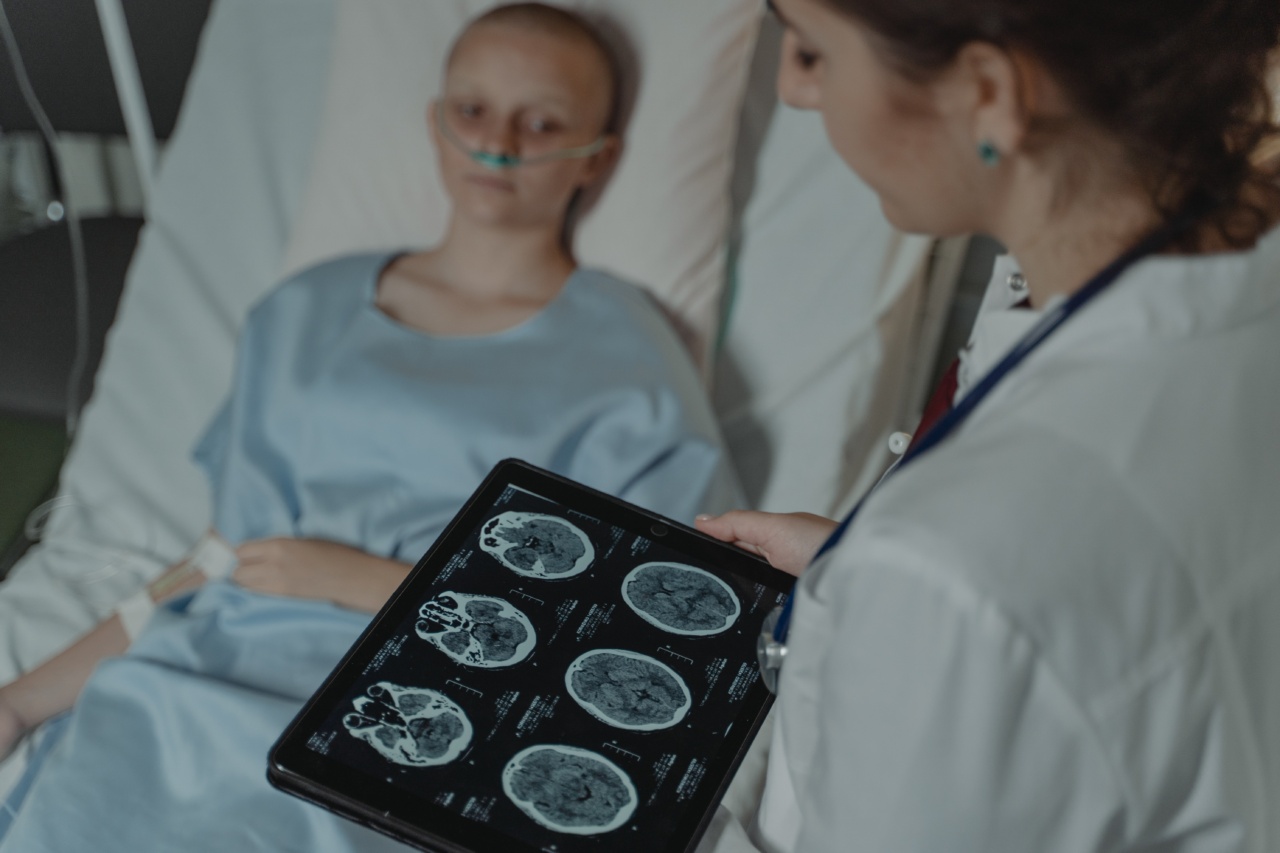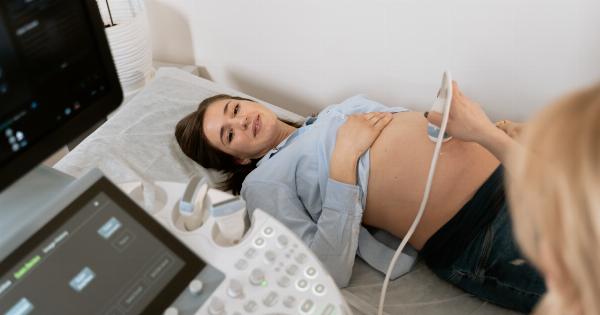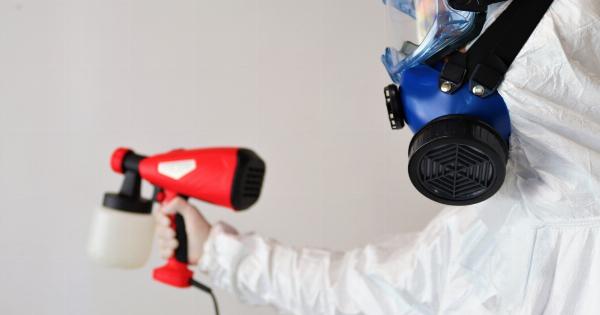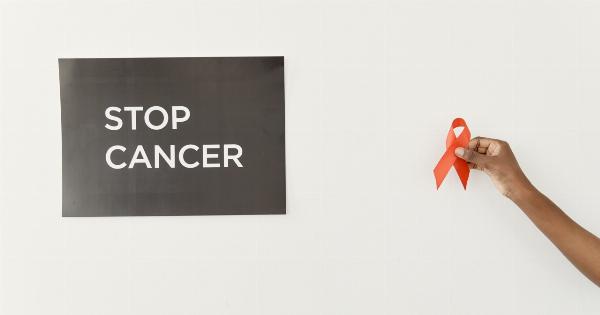X-rays are a form of electromagnetic radiation used by doctors and dentists to see inside the human body. They are also used in cancer treatment as a way to destroy cancer cells.
However, some people are concerned about the safety of X-rays and their potential to cause cancer. In this article, we will explore the risks of X-rays and their role in cancer development.
What are X-rays?
X-rays are a form of high-energy radiation that can penetrate through the body and produce images of bones, organs, and tissues. They were first discovered in 1895 by Wilhelm Conrad Roentgen, a German physicist, who was experimenting with cathode rays.
X-rays are produced by a machine called an X-ray generator, which directs the radiation towards the body part to be imaged.
The radiation passes through the body and is absorbed by different tissues and organs to varying degrees, depending on their density and composition. The X-rays that pass through the body are detected by a sensor on the other side, which creates an image on a screen or film.
How Do X-rays Cause Cancer?
X-rays are a type of ionizing radiation, which means that they have enough energy to ionize atoms and molecules in the body. When this happens, the atoms and molecules become charged and can interact with other cells and molecules in the body.
If the damage is severe enough, it can lead to mutations in the DNA, which can cause cancer.
The risk of cancer from X-rays depends on several factors, including the type and amount of radiation, the age of the patient, and the frequency of exposure.
For example, children and young adults are more susceptible to radiation damage because their cells are still growing and dividing. Additionally, frequent exposure to X-rays, such as for diagnostic tests, can increase the risk of cancer over time.
X-rays and Cancer Diagnosis
X-rays are an important part of cancer diagnosis, as they can help detect tumors or abnormal growths in the body. However, repeated exposure to X-rays for diagnostic tests can increase the risk of cancer over time.
Therefore, doctors must weigh the benefits of the test against the potential risks of exposure. In some cases, alternative imaging methods, such as ultrasound or MRI, may be used instead of X-rays.
X-rays and Cancer Treatment
X-rays are also used in cancer treatment as a way to destroy cancer cells. This is known as radiation therapy and involves directing high-energy radiation towards the tumor or cancerous cells.
The radiation damages the DNA in the cancer cells, which prevents them from dividing and eventually leads to their death. However, radiation therapy can also damage healthy cells and tissues surrounding the tumor, which can cause side effects such as fatigue, skin irritation, and nausea.
Reducing Exposure to X-rays
While X-rays are an essential tool for diagnosing and treating cancer, steps can be taken to reduce exposure to radiation. One of the most effective ways is to limit the frequency and number of X-ray tests performed.
Doctors can also use alternative imaging methods when possible, such as ultrasound or MRI. Additionally, patients can take steps to shield themselves from unnecessary radiation, such as wearing a lead apron during X-ray tests, and discussing the benefits and risks of diagnostic tests with their doctors.
The Bottom Line
X-rays are a powerful tool in diagnosing and treating cancer, but they do come with some risk. Exposure to ionizing radiation, such as X-rays, can increase the risk of cancer over time, especially for children and young adults.
However, the benefits of diagnostic tests and radiation therapy often outweigh the potential risks, and steps can be taken to reduce exposure to radiation. Patients should discuss the benefits and risks of X-ray tests with their doctors and take steps to protect themselves from unnecessary radiation.
























